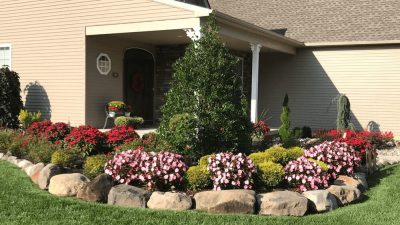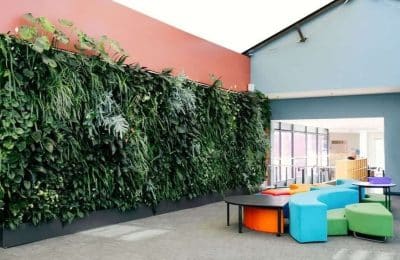Residential and commercial roofs serve the same fundamental purpose: protecting the structure and its occupants from the elements. However, these roofs vary greatly in terms of design, materials, construction methods, and maintenance considerations. Understanding the distinctions between the two can greatly enhance decision-making for property owners, contractors, and architects alike. This article delves into the primary differences that set residential and commercial roofs apart, providing clarity for anyone involved in roofing decisions.

Design and Architecture
The design of residential and commercial roofs typically reflects the architectural requirements and functional needs of their respective buildings. Residential roofs are primarily designed for aesthetics and often feature gable or hip roof styles, which can enhance curb appeal and blend with the neighborhood’s character. These roofs are usually pitched, allowing rain and snow to run off easily. In new constructions, selecting the appropriate roofing system on a new construction building is essential to ensure long-term durability and performance. In contrast, commercial roofs often prioritize function over form, focusing on efficiency. Flat or low-slope designs are common in commercial roofing, facilitating easier installation of HVAC systems and other mechanical equipment. Such differences in design not only affect beauty but also impact longevity and performance under various weather conditions.
Materials Used
The materials chosen for residential and commercial roofs further highlight their differences. Residential roofing typically utilizes asphalt shingles, tiles, or metal options, which offer a range of aesthetic choices to match personal tastes and styles. These materials may be limited to specific climates but work well in standard residential settings. On the other hand, commercial roofing employs materials like TPO, EPDM, or modified bitumen, designed to endure greater stress and a wider array of environmental conditions. These materials are known for their durability and effectiveness in waterproofing larger roof surfaces. Additionally, advances in technology have led to the development of energy-efficient materials and cooler roofs that help reduce energy consumption in commercial buildings, a growing concern in today’s environmentally conscious market.
Roofing Construction Techniques
Construction techniques significantly differ when it comes to residential and commercial roofs. For instance, residential roofing projects are often completed using simple frameworks where typical homeowners can utilize standard tools and materials. Generally, the pitch and angles of residential roofs invite more straightforward approaches to roofing installation. In contrast, commercial roofing requires specialized equipment and skills due to the need for precise installation of large, flat systems. This complexity often necessitates a contractor with extensive experience in commercial projects. Moreover, the installation can involve additional steps, including the use of insulation and specific drainage considerations, to prevent standing water that can lead to structural failure.
Maintenance Practices
Regular maintenance is crucial for both types of roofs, but the frequency and approach can vary substantially. Residential roofs typically require inspections every few years, focusing on issues like cracked shingles or debris buildup. Homeowners may perform minor repairs themselves, as many problems are apparent visually. Commercial roofs, however, often undergo routine inspections at least twice a year due to their size and complexity. Depending on the type of roofing installed, maintenance may involve professional attention to inspect seams, flashing, and insulation integrity. Commercial property owners should also have a maintenance plan in place to address potential leaks or deterioration, as prolonged issues could lead to significant repair costs and operational disruptions.
Building Codes and Regulations
Building codes and regulations differ for residential and commercial roofing. Residential buildings must adhere to specific zoning laws and neighborhood guidelines, which can dictate roof type, material, and color. Homeowners often navigate these regulations themselves or with the help of a contractor familiar with local laws. Conversely, commercial properties face a more complex web of regulations that encompasses safety, environmental impact, and accessibility standards. These codes can vary significantly by locality and may require extensive documentation and permits prior to construction. Understanding these regulatory environments is essential for both commercial developers and residential homeowners when planning roofing projects.
Cost Considerations
The costs associated with residential and commercial roofing projects can vary dramatically. Residential roofs typically represent a smaller financial commitment than commercial roofs due to their size and the materials used. Although homeowners often seek cost-effective solutions, the initial expenses can rise with premium materials or unique architectural designs. Commercial roofing, on the other hand, entails higher costs influenced by factors such as the scale of the installation, specialized labor, and adherence to stringent building codes. Moreover, while the upfront investment for commercial roofs may be larger, they can prove more economical in the long run due to durability and lower maintenance costs compared to residential roofs.

The distinct characteristics between residential and commercial roofs influence multiple aspects of construction, aesthetics, and maintenance. By understanding these differences, stakeholders can make informed decisions that align with their functional and financial requirements. Being knowledgeable about the roofing options available allows building owners to select an approach that suits their structure’s specific needs.








